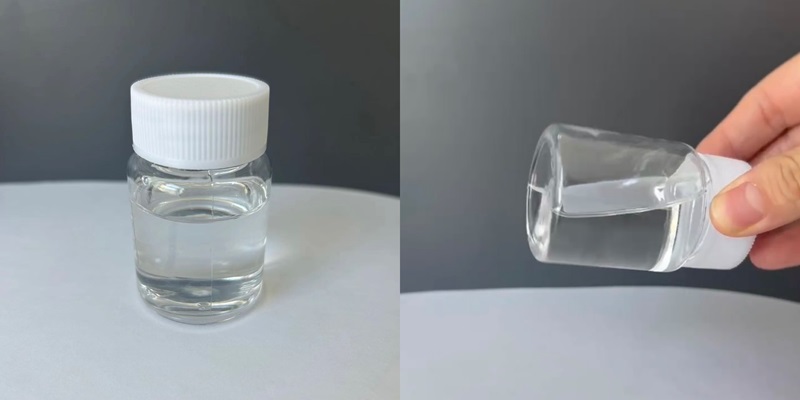What is the Mechanism of Action of Amine Catalysts on Polyurethane?
Amine catalysts are an integral part of polyurethane production and are important accelerators that significantly accelerate the reaction between polyols and isocyanates (the main feedstock for polyurethane foam production), controlling and balancing the gel reaction and the gas or foam reaction that forms the foam. They do this by reducing the activation energy required for chemical reactions, resulting in faster and more controlled foam expansion and solidification. Amine catalysts are particularly effective because they actively participate in the reaction, the reaction groups in their molecular structure can interact with isocyanates, and amine catalysts typically make up between 0.1% and 5.0% of polyurethane formulations. This unique property enables them to bind to polyisocyanates, stabilizing the final polyurethane matrix and ensuring its adhesion to the substrate.
The catalytic process of the amine catalyst in the polyurethane foam mainly promotes two main reactions: the polyol-isocyanate reaction (formation of carbamate bonds) and the isocyanate-water reaction (production of carbon dioxide). The latter reaction produces bubbles, forming a cellular structure of foam. Through this dual action, the amine catalyst enables a balanced foaming and curing process, ensuring that the foam expands evenly while solidifying into a stable structure. Catalysts such as MXC-70 also provide a smooth upward reaction curve, which means they promote a gradual increase in foam viscosity. This results in a more controlled and uniform honeycomb structure that helps improve the durability and stability of the foam.
Field of Application of Amine Catalysts
Amine catalysts are used in a wide variety of polyurethane applications, including soft and hard foams, elastomers, coatings, adhesives, and sealants. In the production of soft foams, they help achieve the desired softness and elasticity, making them ideal for furniture cushions, bedding and car seats. For rigid foam applications, such as insulation panels, appliances, and spray foams, amine catalysts promote high-density closed cell structures that enhance heat insulation and dimensional stability.
Amine catalysts such as MXC-70 are particularly suitable for sensitive applications because of their low-odor, low-emission properties. In household appliances, they enhance adhesion to metal and plastic substrates, which is essential for insulation. In spray and box foams, these catalysts enable efficient foam expansion and adhesion to the substrate while minimizing residual odors and emissions and meeting environmental and regulatory standards.
Overall, the versatility and efficiency of amine catalysts make them an important component in industries that require polyurethane insulation, buffering, and bonding properties. Mingxu Chemical Company has been producing polyurethane catalysts for more than 20 years, we have the best process route and professional team to optimize and update the catalyst products for the market, a large supply, welcome customers to come to consult.
Post time: Oct-29-2024


